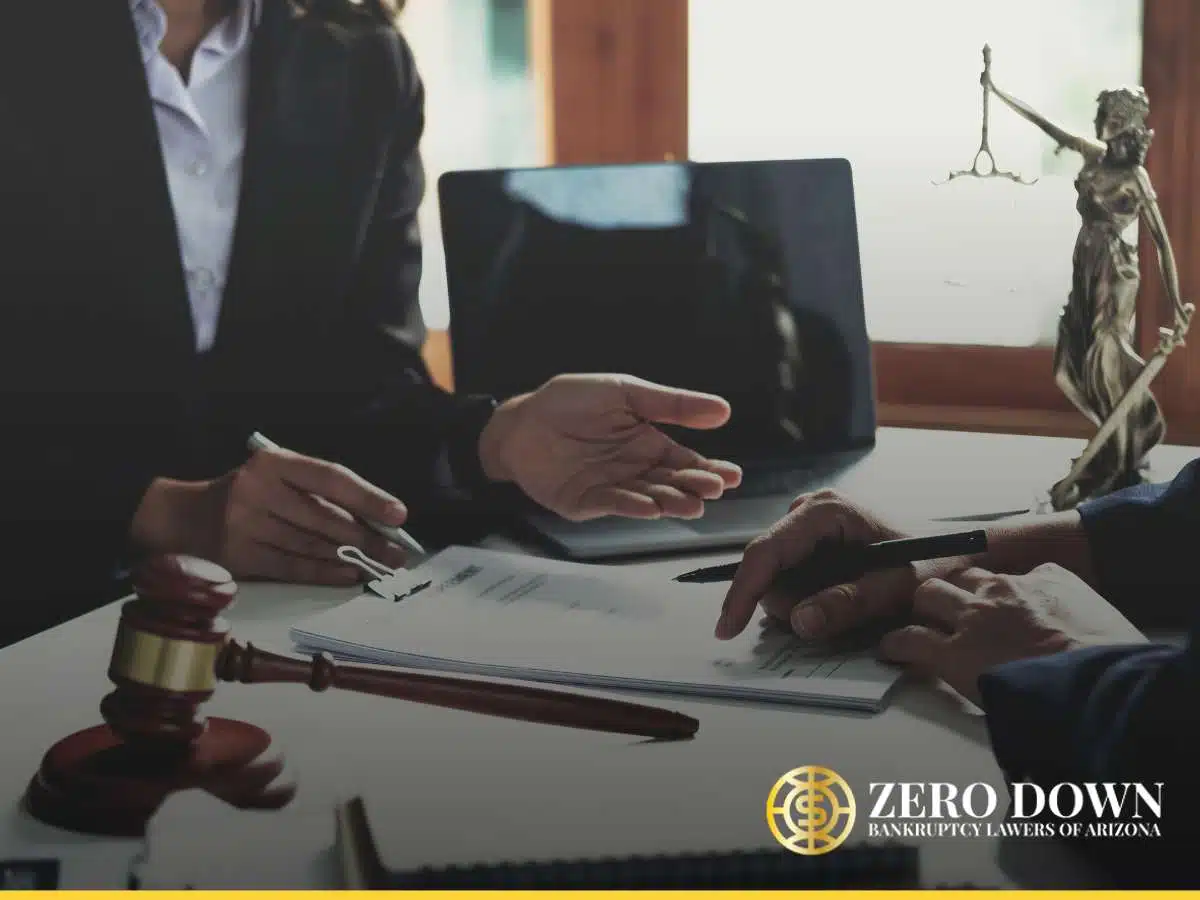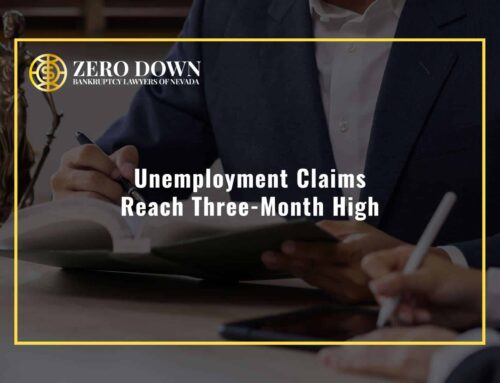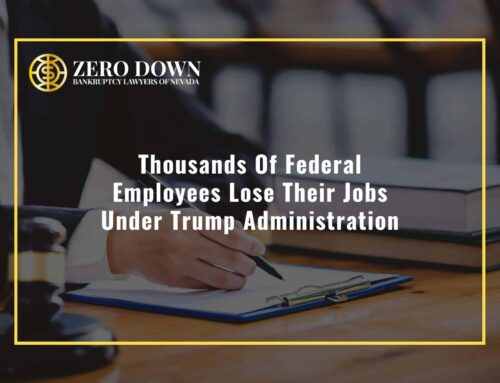The end of the year means holiday celebrations that involve lavish celebrations and expensive gifts. They can also mean hustling to gather documents and get all of your financial affairs for tax purposes. Looking at all of these bills and numbers can be overwhelming, and it may seem impossible for you to get current on your bills and pay off your debts. If you haven’t already considered it, Are you considering bankruptcy as an option to pay off your debts? Read more and find out if you should file for bankruptcy before or after the new year. and start the new year with a clean slate, at least in a financial sense. Bankruptcy can also stop your creditors from making serious efforts to collect their debts, like lawsuits and wage garnishments. If you keep clear and organized records, you might even have time to file for bankruptcy before the year’s end. But is the rush worth it, or should you wait until 2023 to file your bankruptcy petition? Read on to learn more, and if you need additional input, call our Arizona bankruptcy firm for your free consultation at 480-448-9800.

Skeleton Bankruptcy Petition To Get Filed Before The New Year
Your creditors might be closing in on you with no concern about the date on the calendar. If your creditors are about to take drastic action like garnishing your wages or repossessing your vehicle, waiting for December to January might not matter as much as stopping your creditors. Filing an emergency bankruptcy can also stop a home foreclosure, lawsuit, eviction, utility shutoffs, and more. However, there are several items you will need to have ready to file bankruptcy, whether or not you utilize what is known as a “skeleton bankruptcy filing.” With all that’s going on at the end of the year, you may not have the time to track down documents like your tax returns, divorce and child support orders, vehicle registrations, and more. But if you file a skeleton petition, you only need a few of the requirements to file a standard bankruptcy petition. These are:
- Proof of all family income from the past 6 months – this could be paystubs, profit and loss statements, etc.
- Completion certificate from the online credit counseling course – this course can be taken up to 180 days before filing
- Filing fee or application to waive fee or pay fee in installments
- Two forms of identification – one photo identification, and one original item with the debtor’s social security number. The court doesn’t technically require these items, but they will be necessary at the 341 Meeting of Creditors, which is held 30-45 days after filing. The information listed on the petition must exactly match these documents, which can be an issue if there are typos or misspellings on either document. We also ask our clients to have these documents ready at filing because if they end up being lost or damaged, it may be impossible to get replacements in time for the 341 Meeting of Creditors.
- For our clients – we have our clients fill out a basic information packet so we can make sure the debtor’s assets will be protected in Chapter 7, that minimum mandatory debt will be paid off in Chapter 13, etc. A Chapter 7 can’t be voluntarily dismissed once filed, and it’s usually not worth the effort of filing Chapter 13 if it is going to be dismissed anyway.
- Creditor mailing matrix – Your attorney will create this using your credit report, but you will need to submit the information for any creditors not included in your credit report yourself. Any creditors that aren’t included on your creditor mailing matrix won’t be notified of your bankruptcy.
Once the debtor has filed a skeleton bankruptcy petition, the court allows 2 more weeks for the debtor to file the rest of their bankruptcy petition. Your bankruptcy attorney will need the rest of your documents sooner than that to give sufficient time to draft the petition. Talk to one of our seasoned bankruptcy professionals for more information at 480-448-9800.
Tax Refunds & Bankruptcy Timing
If you rely on your tax refund as part of your annual budget, your bankruptcy filing’s timing could be crucial. In Arizona, no bankruptcy exemption can be used to protect tax refunds. Left unprotected, the bankruptcy trustee will have the discretion to take a debtor’s tax refund and distribute it amongst the creditors. The trustee will also get to keep a portion as payment for their duties. That gives the trustee incentive to keep an eye out for the debtor’s tax refund and seize it if it is more than a nominal sum.
Because tax refunds aren’t protected by bankruptcy exemptions in Arizona, the bankruptcy trustee may seize a debtor’s refund based on which month of the year in which they filed. Ideally, the debtor can wait to file bankruptcy until they have received and spent their refund. This is the best way to guarantee that the trustee doesn’t take any portion of it. But for example, if the debtor files in May and receives their refund in the middle of their bankruptcy, the trustee can take 5/12 of it. If the debtor files in June, the trustee could take 6/12 or ½ of it. If you are unsure of how much of your tax refund the trustee can take based on your filing’s timing, contact our firm for your free consultation at 480-448-9800.
Another consideration about taxes and bankruptcy timing is the concern about overloading yourself. If you put off filing bankruptcy until mid-April, you could be left scrambling to complete your taxes and your bankruptcy petition. This might not be too much of a problem if you don’t have a busy schedule, but if your lifestyle is more hectic, this could put you at risk of making mistakes in your haste that cause delays and other inconveniences in your bankruptcy case. While you may have the option of filing an extension to push your tax due date back to October, you could still be penalized if you fail to pay any taxes you may owe by the first deadline. Consider working with a bankruptcy attorney if you find yourself in a situation where you need to file faster than you can prepare for yourself.
Call Our Arizona Bankruptcy Team For Your Free Consultation
Choosing to file is just the first of many decisions that you will need to make throughout the bankruptcy process. Then you need to pick the chapter, the timing, how to apply for your exemptions, and more. We can help make each step clearer and simpler, leaving you more time to focus on how you want to move forward with your fresh slate. At Zero Down Bankruptcy Lawyers of Arizona, our rates are affordable, and we offer payment plans that allow you to pay your fees after your case has been filed. Many of our competitors advertise payment plans, only to require their clients to pay all of their fees upfront before their cases can be filed. Paying after you’ve filed means paying without the burden of creditor lawsuits, wage garnishments, the threat of repossession or foreclosure, and more. Learn more about what we can do to streamline bankruptcy for you by scheduling your free consultation by calling us at 480-448-9800.
Arizona Offices
Phoenix Location:
343 W Roosevelt Street, Suite #100
Phoenix, AZ 85003
Email: [email protected]
Phone: 602-609-7000
Mesa Location:
1731 West Baseline Rd., Suite 101
Mesa, AZ 85202
Email: [email protected]
Glendale Location:
20325 N 51st Avenue, Suite #134
Glendale, AZ 85308
Email: [email protected]
Tucson Location:
2 East Congress, Suite #900
Tucson, AZ 85701
Email: [email protected]









